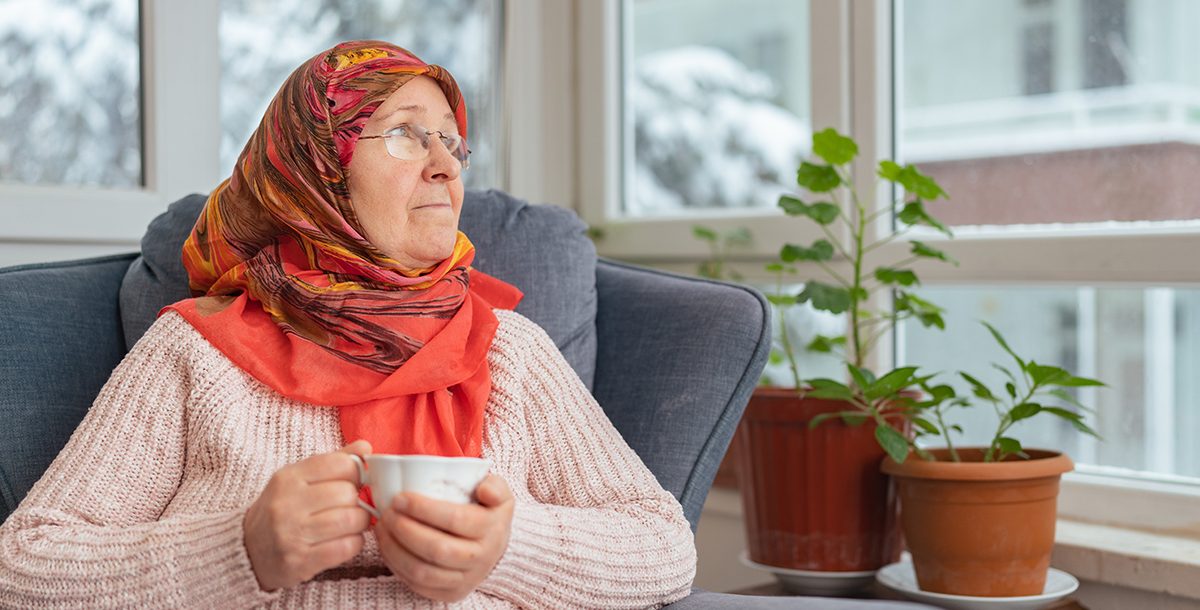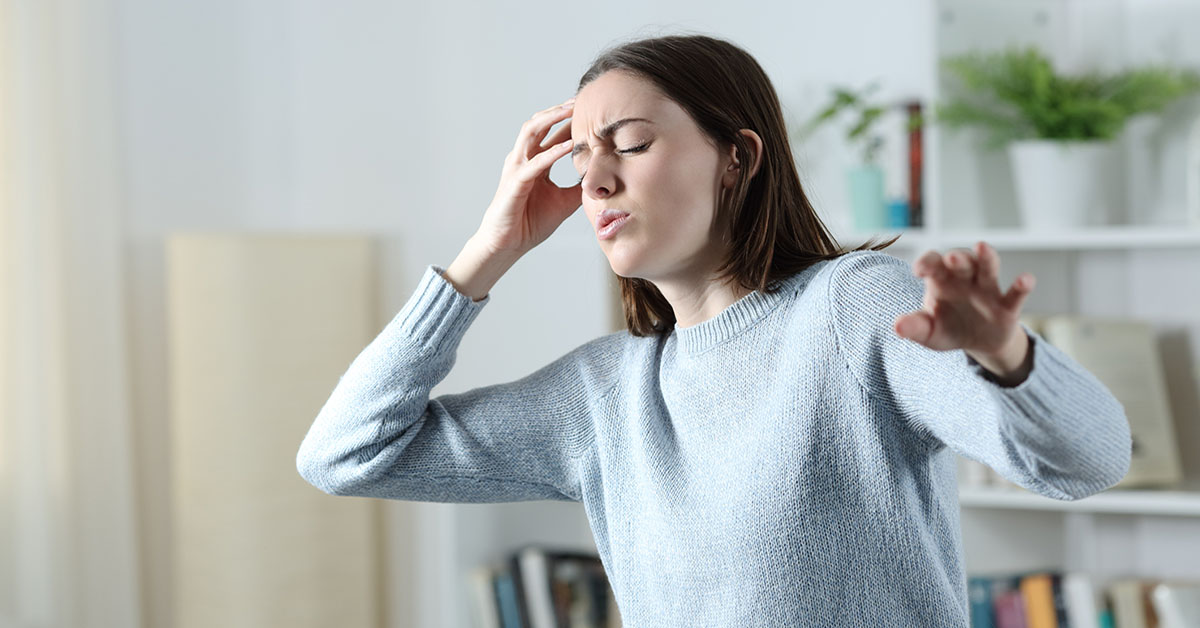It’s that time of year again. The days are short and the nights are long. Winter is coming again. And with winter sometimes comes the “winter blues,” or feelings of sadness that occur because of less sun exposure. These are feelings of depression, sadness or hopelessness that begin during the fall or winter and end in the spring or summer. Low energy and sadness during this time are totally normal, but sometimes they happen every year and are felt nearly every day.
Feelings of depression that always happen during the winter and are felt nearly every day are categorized as seasonal affective disorder, or SAD.
Seasonal Affective Disorder (SAD)
SAD is considered a more severe version of the winter blues that returns season after season. Instead of feeling sadness from the lack of sunlight, the body falls into a type of depression that is characterized by numbness or sadness that affects daily life. It is important not to feel alone or like the depression will last forever, because SAD is a common affliction experienced by many people every year.
How does seasonal depression differ from major depression?
The onset of seasonal depression can be pinpointed to symptoms that begin in the fall or winter and last until spring or summer. SAD is thought to be tied to the shortening of the daylight hours and its disruption of the circadian rhythm. Less sunlight tied with cold weather results in spending less time with friends or family and more time inside than in the warmer, sunnier months.
Major depression, on the other hand, can affect an individual at any time during the calendar year and is not attached to the winter months. The causes of major depression are wide-ranging and vary from person to person depending on their work, social life and relationships. A major depression can be triggered by a single event, develop over time or have no clear cause.
Symptoms of SAD
SAD has a range of symptoms that are similar to major depression. Symptoms of seasonal affective disorder include:
- Feeling hopeless nearly every day
- Feeling depressed most of the day
- Intense sadness
- Low energy or lethargy
- Oversleeping
- Insomnia
- Unusual changes in weight
- Loss of pleasure in things you used to enjoy
- Heightened anxiety
Symptoms vary from person to person. Learning about your own symptoms may help you feel when they are coming on, which can help with treatment.
How do I treat SAD symptoms?
Since symptoms are wide-ranging, it may not be possible to treat all of them. However, there are many things that you can do to help, like make time for friends, go on walks and exercise regularly.
Trying to get more light is key to alleviating feelings of SAD. You can keep the blinds open and take time during the day to sit by a window, whether at home or at work. If needed, psychiatrists have developed a “light therapy,” where a person sits in front of a light box for at least 20 to 30 minutes a day during the winter months. A light box emits light up to 10,000 lux, stimulating the body in a way similar to the sun, raising serotonin levels.
Consuming protein, fruits and veggies as well as food packed with vitamin D are a great way to give the body nutrients it needs. One of the best ways to feed the mind is to feed the body.
Vitamin D is believed to be one factor contributing to SAD. Since there is less sunlight in the winter, the body is not able to soak in the same amount of vitamin D as the summer months, so boosting it with dairy and plant milks, yogurts, cereals and even fatty fish like salmon can give your body more vitamin D.
When to consult a mental health professional
If symptoms of the winter blues or seasonal depression become too much to bear, if you begin to have feelings of depression every day or if you have suicidal thoughts, it might be time seek professional mental health help.
Cognitive behavioral therapy, or CBT, and talk therapy can be very effective at treating depression by helping you identify feelings, behaviors and situations in your life that might cause you to fall into a depression, seasonal or otherwise. Talking with a therapist or mental health professional can lead to solutions and actions of things to avoid and things to start doing.
Treating the winter blues
As the leaves fall and the sun sets sooner each day, it is normal to feel down, sad or even depressed. These are natural feelings that can arise from less sunlight and spending more time isolated indoors. It is important to know that you are not suffering alone and that the winter blues or seasonal depression are common bodily reactions to less daylight each day.
While many people find themselves concerned about the cost of speaking with a mental health professional, there are options you can explore to get therapy on a budget. Take the steps you need to care for yourself and your loved ones and don’t be afraid to seek professional mental health care if feelings of numbness, loneliness and depression feel like they are too much to take on alone.





